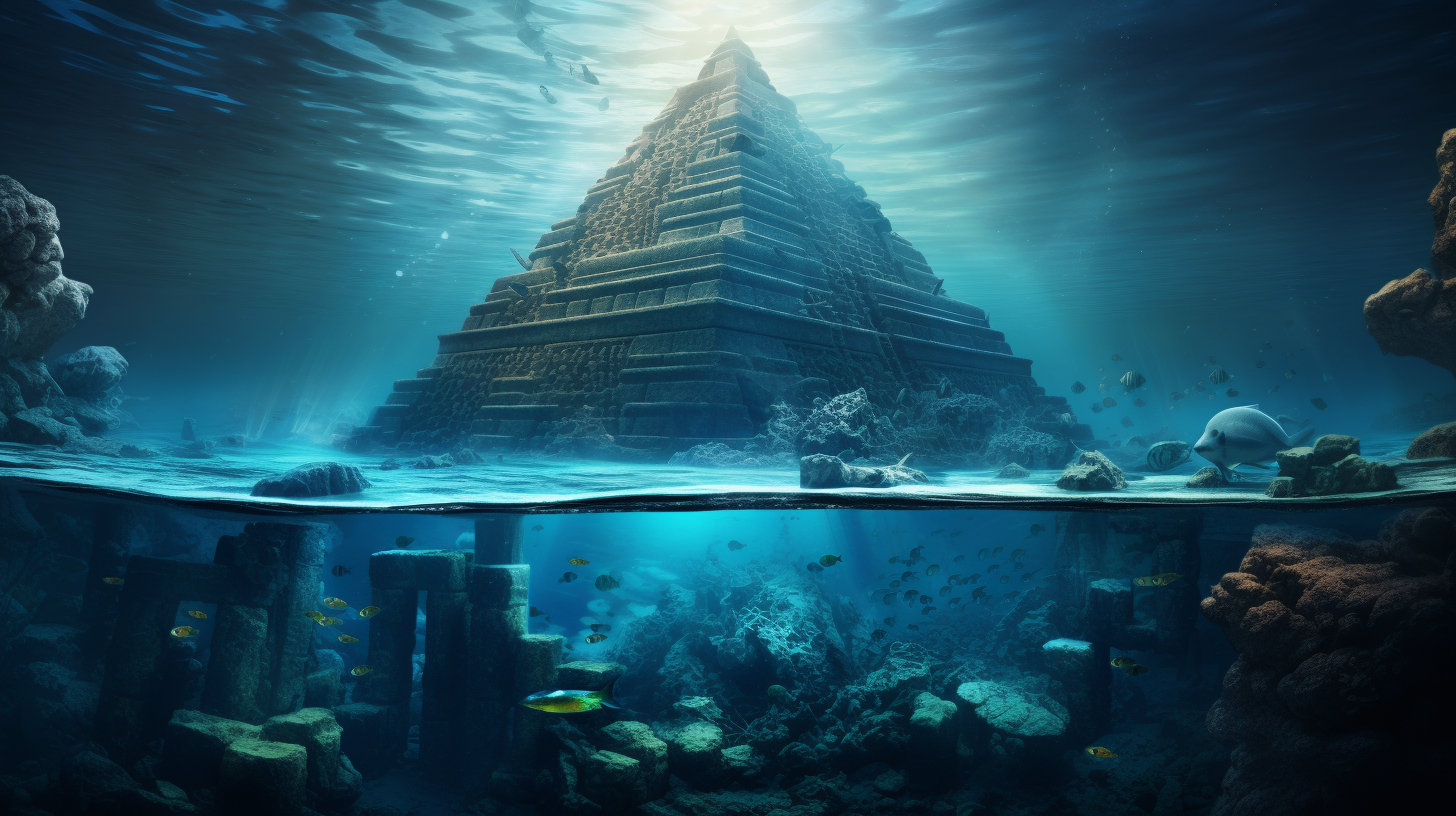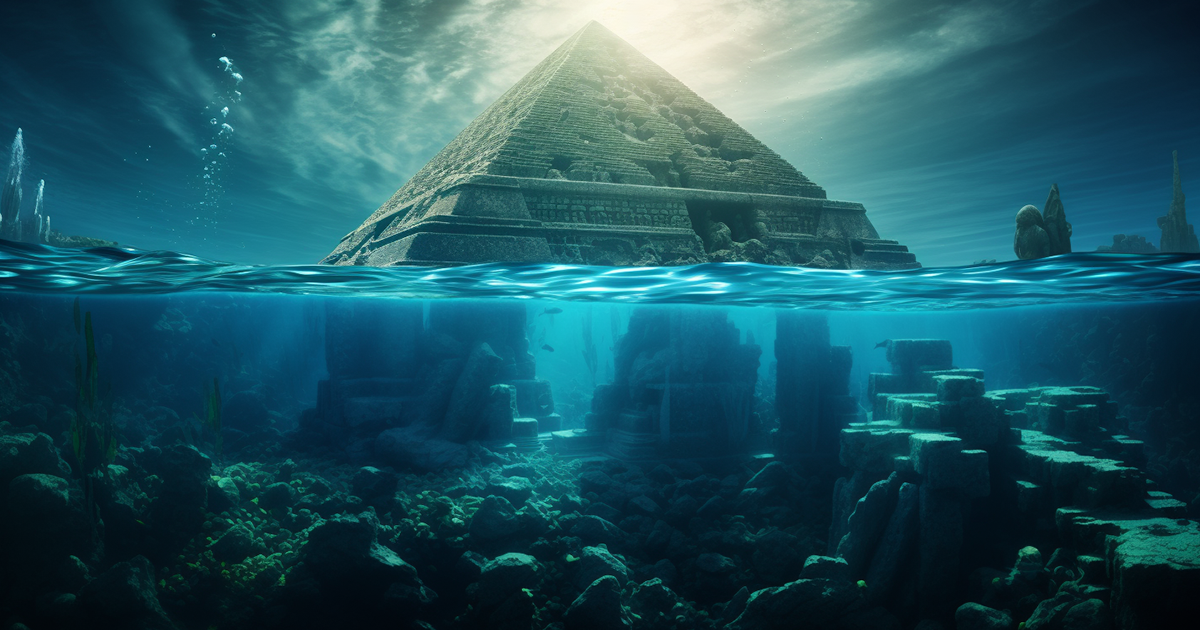Exploring the enigmatic past, we are captivated by the ancient wonders of Egypt – the majestic pyramids of Giza and the enigmatic Sphinx. These timeless structures have intrigued researchers and historians for centuries. However, recent discoveries have shed new light on their history, hinting at an unexpected element: water.
Long a source of fascination for history enthusiasts, the Pyramids of Giza stand as enduring symbols of the past, evoking wonder and intrigue. While numerous theories swirl around their origins, recent findings have guided us towards a fresh perspective closely tied to water.
Imagine a time when the arid deserts of Egypt lay beneath a vast expanse of water. Though it may sound improbable, emerging evidence supports this intriguing hypothesis. A recent archaeological excavation unearthed a fossil that could potentially reshape our understanding of the Pyramids and Sphinx.

The discovery of this particular fossil near the Pyramids has sparked keen interest in the scientific community. It appears to be remnants of a creature that thrived in an aquatic environment. While drawing conclusive interpretations remains premature, the presence of this fossil sparks curiosity. Could it be possible that the Pyramids and Sphinx were constructed in an area once submerged beneath water?
The implications of such a revelation are significant. Scholars have debated the purposes and techniques behind the construction of the Pyramids for years. While the prevailing belief is that they served as elaborate tombs for pharaohs, designed to guide them in the afterlife, the idea of an underwater construction site challenges this notion.
One potential scenario suggests that the ancient Egyptians possessed advanced engineering skills that allowed them to build these monuments in periodically flooded areas. This challenges our current comprehension of their capabilities and ingenuity, hinting at a deep connection between this ancient civilization and the natural world.

The mysterious Sphinx, with its distinctive lion-like appearance, adds another layer of mystery. Was this enigmatic figure sculpted in honor of the region’s watery past? While this concept raises more questions than answers, it underscores the deep reverence the ancient Egyptians had for their environment, suggesting that the waters that once covered their land played a crucial role in their cultural and spiritual beliefs.
As scientists delve into the fossil and its implications, we are left to ponder the significance of these revelations. The history of the Pyramids and Sphinx may hold a complexity and interconnectedness with the natural world beyond our imagination. While unraveling the mysteries of these ancient wonders is an ongoing process, one thing is certain: the discovery of this fossil marks the beginning of a new chapter in the exploration of Egypt’s enigmatic past.
